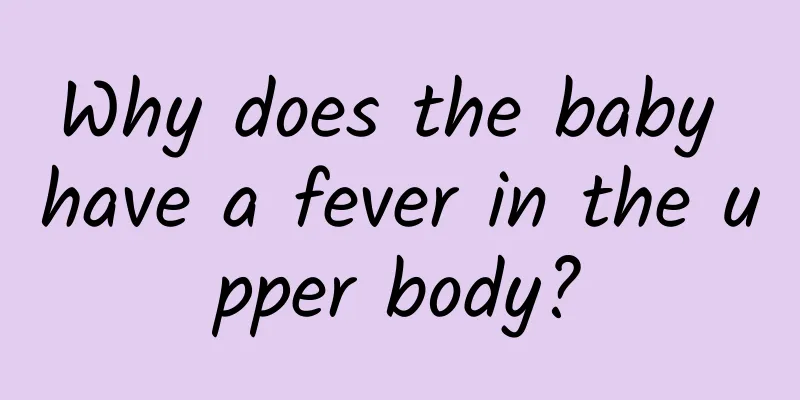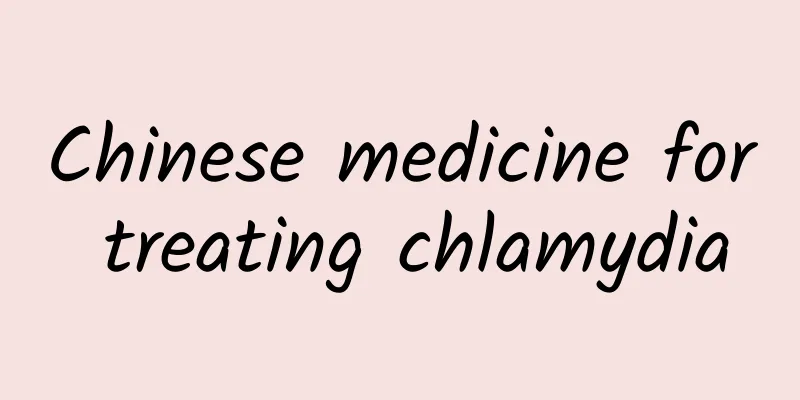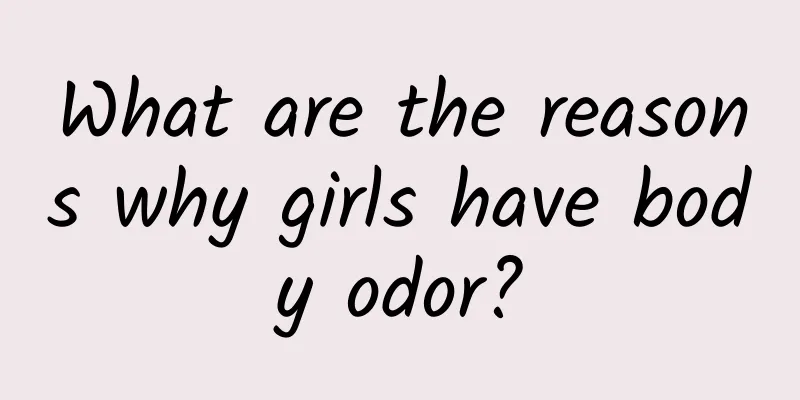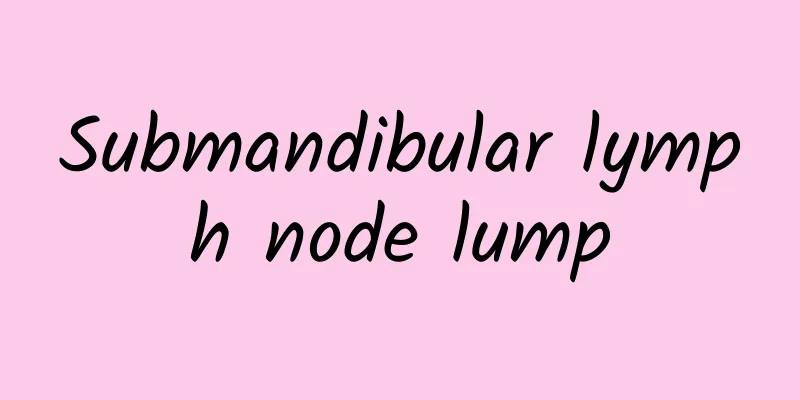The baby is restless and moves his hands and feet

|
Babies are naturally active, and perhaps they don't know the significance of doing so. As babies grow older, their actions will become more conscious. For example, they will grab you with their little hands to attract you, and when they are frightened, they will move their hands and feet or cry to prompt you to comfort them. It should be noted that there is a disease that can also cause babies to move their hands and feet randomly, and that is ADHD. ADHD not only causes babies to move their hands and feet randomly, but also makes them irritable and restless. So how do we distinguish between hyperactivity and ADHD? What we usually call ADHD is the common name for attention deficit hyperactivity disorder (ADHD). Children with ADHD usually show symptoms such as being easily distracted in class; being careless and procrastinating; being absent-minded and easily giving up halfway; frequently losing things and making many small movements in class; talking too much, interrupting, and being overly noisy, etc. It will bring unnecessary troubles to families, have serious impacts on schools, and even cause some serious social problems. I don’t know how many parents have despaired because of their children’s problems. Indeed, children with ADHD have caused countless problems and troubles to their families and are typical “troublemakers”. If parents do not deeply understand this and fail to learn some reasonable coping strategies, then what awaits them is being driven crazy by their children. So, how much do you know about ADHD? Identification of ADHD Are children with ADHD deliberately being naughty? A large number of related studies have shown that ADHD patients have structural abnormalities in certain brain areas such as the frontal lobe, corpus callosum, cerebellum, thinning of the cerebral cortex, disordered neurotransmitter metabolism, and delayed development of the cerebral cortex. Abnormalities in brain structure contribute to the concentration difficulties, hyperactivity/impulsivity, and mood disorders that children with ADHD experience. Therefore, these symptoms of ADHD children are caused by the disease. Parents must not think that their baby is a naughty, disobedient bad child and adopt the educational method of beating, scolding and punishing all day long. Over time, children will develop a rebellious mentality and become increasingly disobedient. What are the symptoms of ADHD? Children aged 3-5 years have a higher activity rate and it is very natural for them to have a short attention span, which can be gradually controlled as children grow older. Normal children may also be hyperactive, but generally they are only active and lively in appropriate situations. Their hyperactive behavior is purposeful, and their social functions such as learning and partnerships are not affected. In addition, children who are nervous, anxious, depressed, anemic, have elevated blood lead levels, or have sleep apnea at night may also exhibit hyperactivity and inattention; these symptoms will disappear once these causes are eliminated. There is another type of children who, in addition to symptoms of ADHD, also start walking and talking late, have difficulty interacting with other children, and have repetitive and stereotyped movements. This requires us to be alert to whether they suffer from mental retardation, autism, Asperger's disease and other diseases. Therefore, parents of children with ADHD should not label their babies as having ADHD casually, but should take them to the hospital for a thorough check-up. What are the types of ADHD? There are three types of ADHD: predominantly inattentive, predominantly hyperactive-impulsive, and combined. Younger children with ADHD mainly show symptoms of hyperactivity, inability to sit still, and frequent small movements; while older children mainly show symptoms of inattention and easy distraction. Therefore, the absence of hyperactivity symptoms does not necessarily mean that you do not have ADHD. Can ADHD be cured as you grow older? Relevant data show that the prognosis of ADHD is not optimistic. A very small number of children will have their symptoms disappear as they grow older and have a good prognosis, but up to 80% of children with ADHD will have their symptoms persist into adulthood. Moreover, as they grow older, children with ADHD often develop more and more social dysfunctions such as inferiority complex, destructive behavior, poor learning ability, poor social adaptability; criminal behavior, conduct disorder, provocative behavior, lack of enthusiasm, confrontational behavior, multiple learning difficulties, etc., which have a serious impact on the entire family. |
<<: I feel itchy all over when I sleep at night
>>: What to do if a pregnant woman is upset
Recommend
What should I do if my stomach pain gets worse after taking Chinese medicine for gastritis?
Gastritis is a relatively common disease in life,...
What causes palpitations?
Palpitations are what we usually call heart panic...
How to exercise for lumbar pain?
More and more people are suffering from lumbar pa...
What happens if wisdom teeth are not removed cleanly?
Many people have wisdom teeth removed for many re...
How to make Chinese medicine for best effect
When many friends need to use Chinese medicine fo...
What are the functions and effects of Amomum villosum? What diseases can it cure?
Do you know the effects and functions of Amomum v...
What to do if hemorrhoids itch
Hemorrhoids are not uncommon in daily life and ar...
Can I eat cashews when I have a cold?
Cashews are a kind of nut. Cashews have a relativ...
Freeze-dried Salvia miltiorrhiza for injection
Freeze-dried Salvia miltiorrhiza for injection is...
Drinking protein powder causes diarrhea
I believe that many men want to have a body of st...
Where to treat scars
Although there are not many people with scar-pron...
The benefits of drinking Patchouli leaves in water
We should all have drunk Huoxiang Zhengqi Water, ...
Purpose of tuberculin skin test
The tuberculin test is a common method for diagno...
How many vitamins should I take if I have mouth ulcers?
Mouth ulcers are a condition that many people wil...
Quick relief of tonsillitis pain
Although people don't pay much attention to t...









